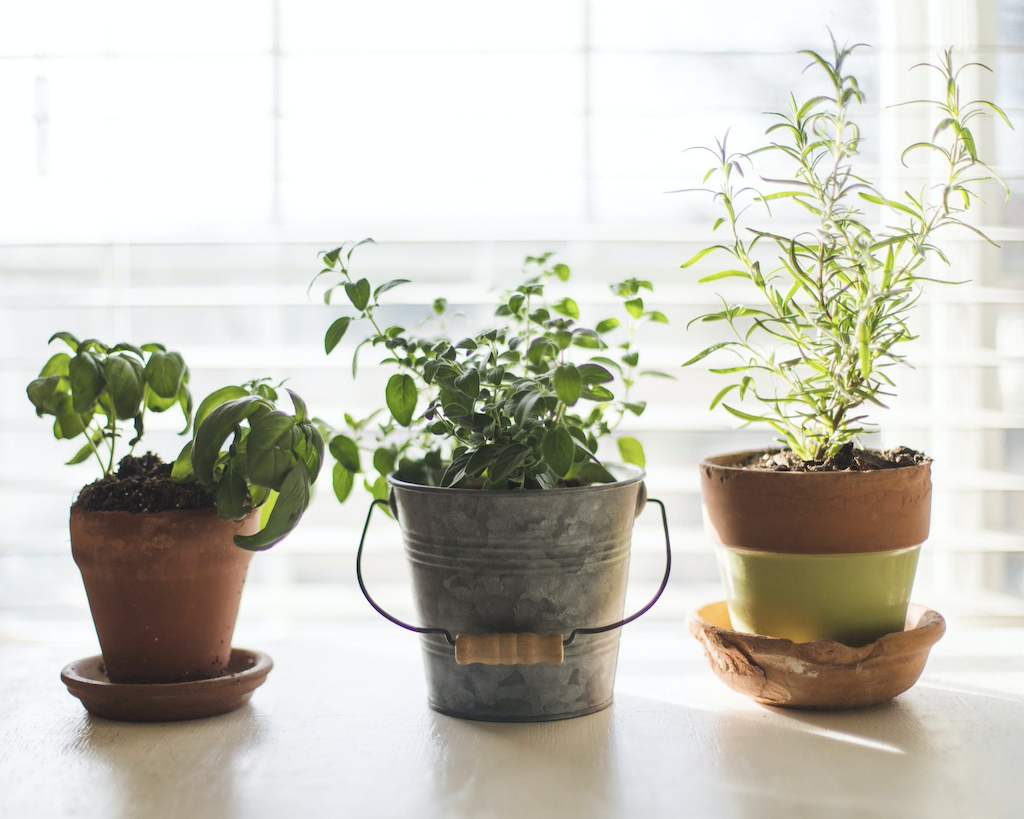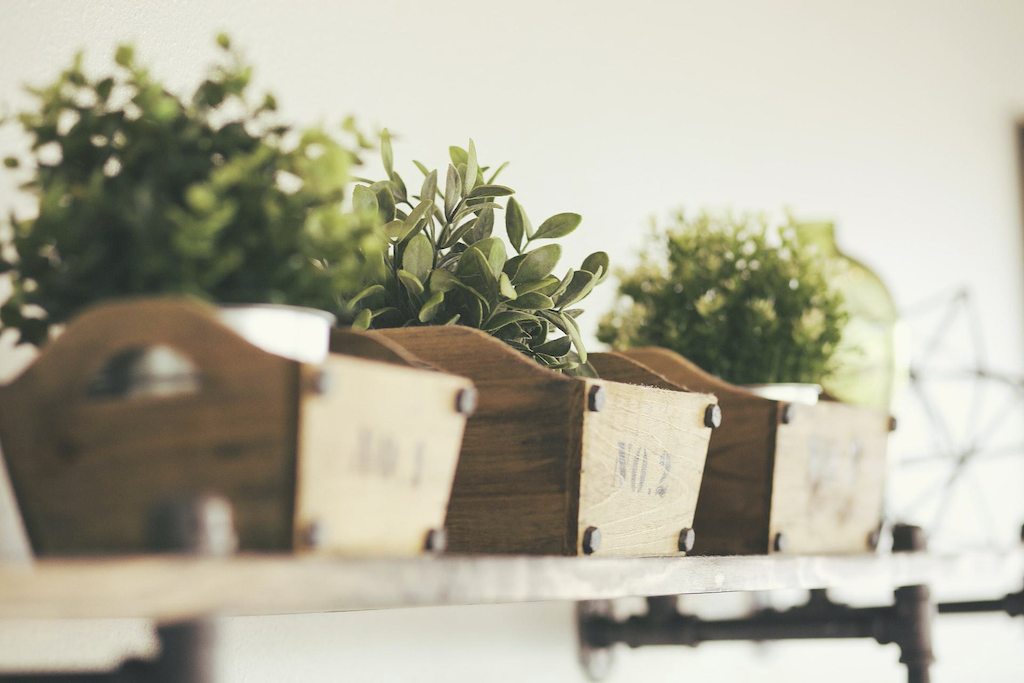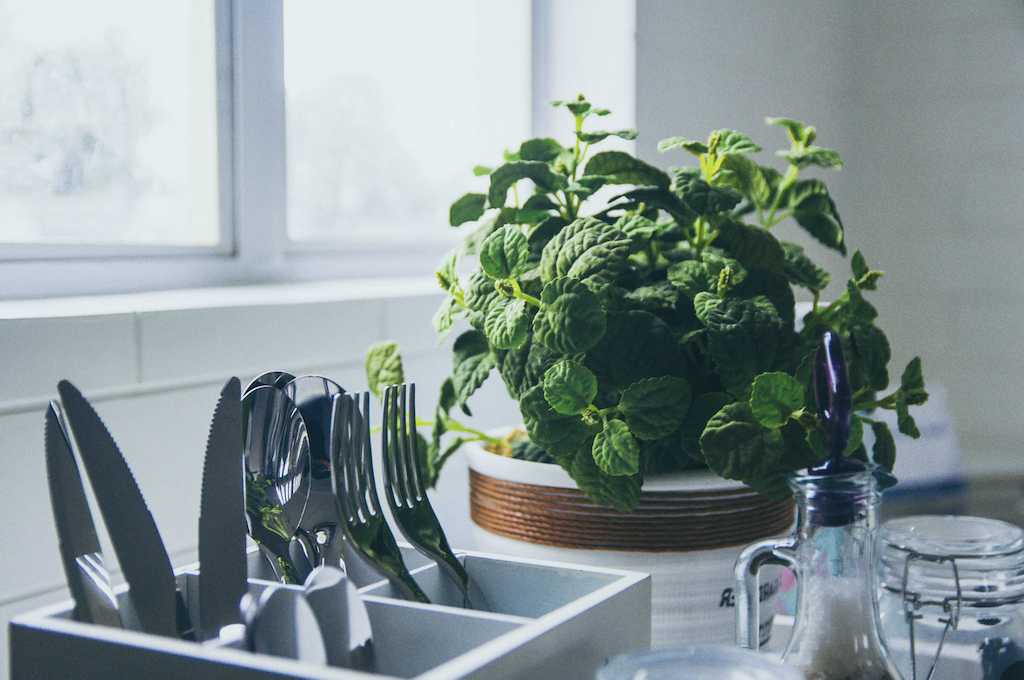
Having an indoor garden is a completely outside-of-the-box idea that has a long list of perks. First of all, it can give you a chance to grow your herbs in a controlled environment, all-year-long. Think about it, no weather or climate conditions affect your yield and you don’t even have to leave your home in order to do your daily gardening routine. Other than this, it provides you with a chance to put fresh, organic ingredients on your food and allows you to create a stunning indoor garden. With that in mind and without further ado, here are six tips to help you do so.
- Do your research
The first thing you need to take into consideration is your options. Do you intend to grow your own herbs, spices and vegetables? If so, which options do you have available? Herbs like basil, chives, mint, oregano and parsley are your go-to options. The thing is that, since you’re using small quantities of these herbs (per meal) you have the capacities of fully satisfying the needs of your kitchen. On the other hand, herbs like rosemary and bay leaves require conditions that are somewhat harder to maintain indoors. They are by no means impossible to grow, they are just somewhat more difficult.
- Buy seeds
Technically speaking, you could use seeds from last night’s meal in order to start your herb garden. With a bit of care, you could plant pepper or tomato seeds and wait until they sprout. The problem, nonetheless, lies in the fact that this takes an incredible amount of time and effort. So, why not just buy seeds instead. Also, keep in mind that there are many different sorts of these herbs, fruits and vegetables and not all of them are equally indoor-friendly. So, do your research and look forward to acquiring those sorts that are expected to give you the optimal yield. For your first indoor garden, picking a pure line instead of a hybrid might be a better option.
- Create optimal conditions

Once you have all the seeds you need, it’s your job to create perfect conditions for growing them. For starters, you need to have a room with enough natural light. Ideally, you would have a south-facing window. If, however, things are not going in your favor in this regard, what you need is a suitable grow light. As far as the containers go, seeing as how they’re not in the ground, your plants will have to spread their roots in somewhat controlled conditions. For this, shallow containers with drainage holes are the optimal scenario. You can even repurpose some items like salad boxes that you will rupture with some bottom holes. Sure, this may not be aesthetically pleasing but there’s a number of ways for you to decorate these planters.
- Prepare the room
The next thing you need to do is fully prepare the room for the installation of this garden. Temperature is vital and one of the biggest privileges of having an indoor garden is a chance to set your own temperature via a thermostat. In order to make this more cost-effective, you can further insulate the room. For instance, by installing double glazed windows, you stand to increase the energy-efficiency of the room by 40 percent. If you decide to maintain the temperature via your heating system all-day-long, this may end up being a massive saving.
- Reinvent your storage

In a conventional garden, the plants are directly in the ground, however, when you start working with planters, there’s really no need to go for the floor level. Instead, you can have planters on the shelves, hanging planters (from walls and ceilings), as well as all different sorts of options that will fit this space. So, one of the most important but also most creative tasks that you have ahead is reinventing your storage system so that it fits enough planters. Managing this storage space is incredibly important but you don’t have to resolve this problem at once. You can take your time and add one solution at a time.
- Get the right soil
Lastly, your plants need soil but this doesn’t mean that you can just pick up a spade and start digging in your backyard. Find some room in your budget for a quality potting mix. This consists of parts of peat, compost and coir. Such soil is designed to maintain moisture and provides your plants with all the nutrients that they need. The soil from your backyard garden simply may not have this capacity for holding water, seeing as how it compensates for the necessary moisture by having a larger quantity of moist soil available. Here, every gram counts.
In conclusion
As you can see, the most challenging part is starting the garden. You need to buy seeds, make or order these planters, as well as get your hands on the right type of quality soil only once. As soon as you do this, you can just dedicate yourself to regular daily tasks like watering these planters and inspecting the growth. With the right plan and schedule, this shouldn’t be too much of a challenge.
